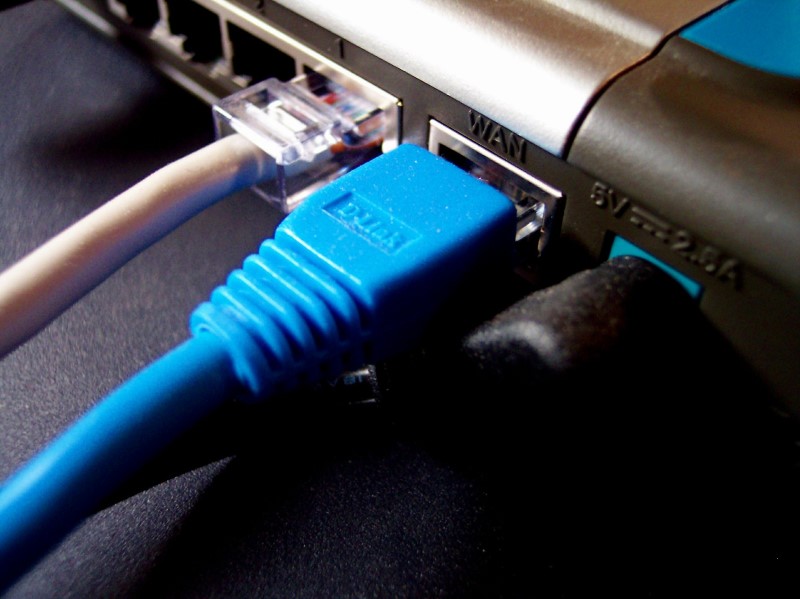- Home
- Internet
- Internet News
- New Low Cost Hardware Could Boost Optical Fibre Deployment to Homes
New Low-Cost Hardware Could Boost Optical Fibre Deployment to Homes

The new hardware can significantly cut the cost of deploying fast fibre connections straight to homes.
While major advances have been made in core optical fibre networks, they often terminate in cabinets far from the end consumers.
The so called "last mile" which connects households to the global Internet via the cabinet, is still almost exclusively built with copper cables as the optical receiver needed to read fibre-optic signals is too expensive to have in every home.
"We have designed a simplified optical receiver that could be mass-produced cheaply while maintaining the quality of the optical signal," said lead researcher Dr Sezer Erkilinc from UCL's electronic and electrical engineering.
The average data transmission rates of copper cables connecting homes today are about 300 Mb/s.
"Our technology can support speeds up to 10 Gb/s, making it truly futureproof," Dr Erkilinc added in a paper published in the Journal of Lightwave Technology.
The team simplified the design of the optical receiver, improving sensitivity and network reach compared to existing technology.
Once commercialised, it will lower the cost of installing and maintaining active components between the central cabinet and homes.
The researchers are now investigating the laser stability of the receiver which is an important step to building a commercial prototype of the system.
Catch the latest from the Consumer Electronics Show on Gadgets 360, at our CES 2026 hub.
Related Stories
- Samsung Galaxy Unpacked 2025
- ChatGPT
- Redmi Note 14 Pro+
- iPhone 16
- Apple Vision Pro
- Oneplus 12
- OnePlus Nord CE 3 Lite 5G
- iPhone 13
- Xiaomi 14 Pro
- Oppo Find N3
- Tecno Spark Go (2023)
- Realme V30
- Best Phones Under 25000
- Samsung Galaxy S24 Series
- Cryptocurrency
- iQoo 12
- Samsung Galaxy S24 Ultra
- Giottus
- Samsung Galaxy Z Flip 5
- Apple 'Scary Fast'
- Housefull 5
- GoPro Hero 12 Black Review
- Invincible Season 2
- JioGlass
- HD Ready TV
- Laptop Under 50000
- Smartwatch Under 10000
- Latest Mobile Phones
- Compare Phones
- OPPO A6 Pro 5G
- OPPO A6s
- OPPO Reno 15 Pro Max
- Honor Win RT
- Honor Win
- Xiaomi 17 Ultra Leica Edition
- Xiaomi 17 Ultra
- Huawei Nova 15
- Asus ProArt P16
- MacBook Pro 14-inch (M5, 2025)
- OPPO Pad Air 5
- Huawei MatePad 11.5 (2026)
- Xiaomi Watch 5
- Huawei Watch 10th Anniversary Edition
- Acerpure Nitro Z Series 100-inch QLED TV
- Samsung 43 Inch LED Ultra HD (4K) Smart TV (UA43UE81AFULXL)
- Asus ROG Ally
- Nintendo Switch Lite
- Haier 1.6 Ton 5 Star Inverter Split AC (HSU19G-MZAID5BN-INV)
- Haier 1.6 Ton 5 Star Inverter Split AC (HSU19G-MZAIM5BN-INV)

















